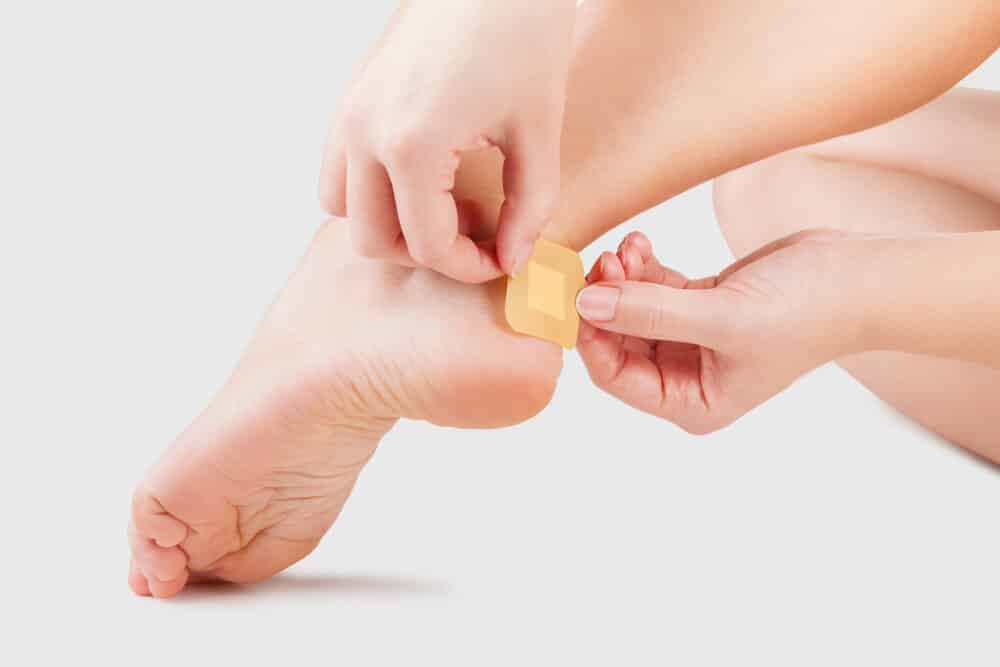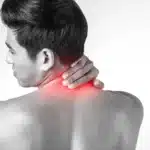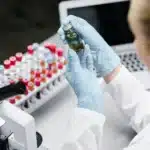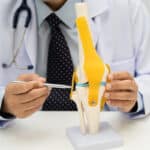
The first blister possibly occurred shortly after something was strapped on their feet by the first humans to shield them from primeval terrain. Today, the low foot blister has grown into one of hikers’ most popular injuries. The good news is that our understanding of them has also grown along with helpful sports medicine.
Three Keys to Coping with Blisters Exist:
-
Know what causes blisters: All the culprits are strain, heat, and moisture.
-
Prevent the development of blisters: Get good-fitting boots; wear under your hiking socks a thin liner sock, and immediately take care of any hot spots, covering them with tape, moleskin, or padded blister bandage.
-
Before they worsen, care for blisters: cut a blister-size hole into a piece of mole foam and cover it with that; stop draining if possible and if it pops, dress it like a wound.
It’s important to stop whatever activity you’re engaging in when you get a blister and decide how to handle it. Powering the blister through the pain will make it pop. Readjusting the boots can help keep the blister from getting bigger. Straighten bunched socks out of them. If your socks are dirty or muddy, change them to a dry pair, and change your uncomfortable shoes.
To avoid blisters, blister pads, bandages, or moleskin are all great choices. Padding will safeguard existing blisters as well. Bear in mind that not all pads efficiently remain in place. Before selecting one that works for you, you will need to try different choices.
Popping or Not Popping?
-
Look for symptoms of infection (color and swelling of green or yellow pus). You can call your doctor if the blister is contaminated.
-
Wash your hands with soap and water; either soap and water or rubbing alcohol cleans the blister.
-
Sterilize the needle with rubbing alcohol.
-
Find the edge of the blister and poke it using the needle. To soak up the fluid that is coming out, use clean gauze.
-
Apply antibiotic ointment and cover with gauze and tape or a bandage over the blister.
-
You should cut away the dead skin after several days and add more ointment, then bandage it again until it is healed.
-
Keep the blister clean in this operation. This will cause infection.
Tips for Blister Prevention
Wear good shoes – When it comes to blisters forming on your feet, shoes are always the culprit. Avoid shoes that rub your feet in some places or that cramp or pinch your feet. All the difference can be made with the right shoe The first few times you wear them, the new shoes can give you a blister. Take it easy and slow when you break into a new pair of slippers.
Wear good socks – Choose socks that are non-cotton that wick away moisture. Double up your socks if you realize you’re going to do blister-inducing things. Moisture will be soaked up by one layer and the other layer will provide extra padding. Double-layer socks are more costly, but they can help prevent blisters. If you’re in for a long run or hike, partially change your socks whenever they get damp. Good socks can be pricey, but if they prevent you from getting blisters, they are worth the cost.
Until you work out, lubricate your feet. Blisters are caused by friction, so it is rational to assume that reducing friction can reduce blisters. Use petroleum jelly or similar lubricants on problematic areas on your feet intended for athletes. That way, rather than rubbing, the feet will slide around.
Maintaining the calluses. To shave off unsightly calluses is tempting, but they protect the feet.
Keeping your feet dry. You can apply corn starch or talcum powder to your shoes and socks to help wick up moisture and change your socks regularly. Take a minute to add more powder partially into your case if you’re going a long way.
**Disclaimer: This content should not be considered medical advice and does not imply a doctor-patient relationship.






